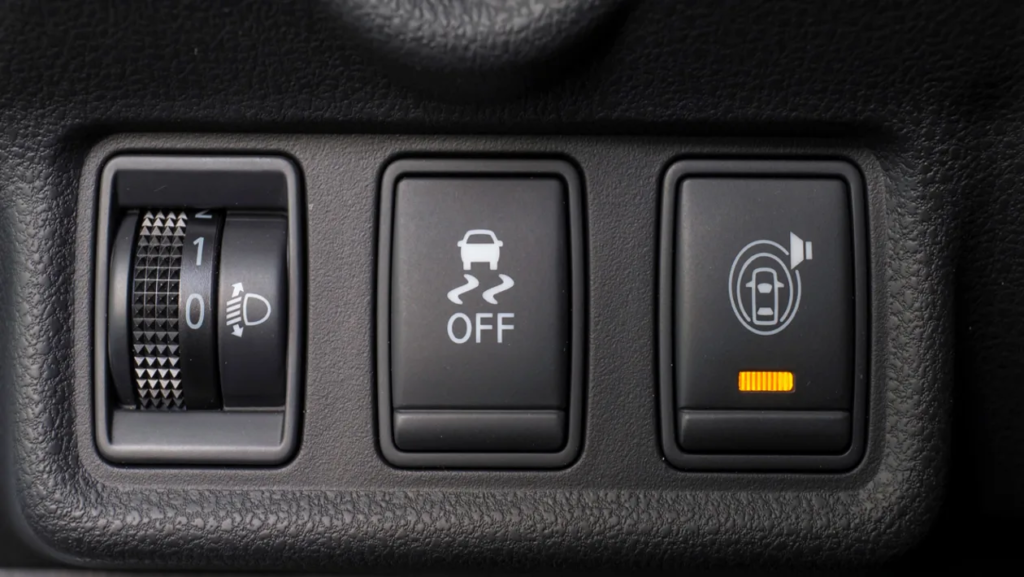
Traction Control Systems (TCS) have become an indispensable feature in modern vehicles, designed to enhance driving safety by preventing wheel spin in slippery conditions. Whether navigating icy roads, wet surfaces, or loose gravel, traction control plays a crucial role in maintaining vehicle stability and ensuring a safer driving experience. Understanding how traction control works, its benefits, and its limitations can help drivers appreciate its value and use it effectively.

1. How Traction Control Works
Traction Control Systems are designed to detect and manage wheel slip during acceleration. Here’s a breakdown of how TCS functions:
- Wheel Speed Sensors: Each wheel of the vehicle is equipped with a speed sensor that monitors its rotation. These sensors provide real-time data to the traction control system about the speed of each wheel.
- Control Module: The traction control control module processes the data from the wheel speed sensors. If it detects that one or more wheels are spinning faster than others—indicating loss of traction—the module activates the system to counteract wheel slip.
- Intervention Mechanisms: Traction control systems use various methods to manage wheel spin:
- Throttle Reduction: The system may reduce engine power by adjusting the throttle or limiting fuel delivery, which helps decrease wheel spin.
- Brake Application: In some systems, the traction control activates the brakes on spinning wheels to reduce their speed and redistribute power to wheels with better traction.
2. Benefits of Traction Control
Traction Control Systems offer several key benefits that enhance vehicle safety and performance:
- Improved Stability: By preventing excessive wheel spin, TCS helps maintain vehicle stability, especially during acceleration on slippery surfaces. This reduces the risk of skidding and helps the driver maintain control.
- Enhanced Safety in Adverse Conditions: Traction control is particularly valuable in adverse weather conditions, such as rain, snow, or ice. It helps prevent wheel spin and improves traction, making it easier to navigate slippery roads safely.
- Smooth Acceleration: Traction control aids in smoother acceleration by reducing wheel spin. This can enhance overall driving comfort and performance, especially when starting from a stop on slippery surfaces.
- Reduced Wear and Tear: By preventing excessive wheel spin, traction control helps reduce tire wear and tear. This can extend the life of tires and improve overall vehicle maintenance.
3. Understanding Traction Control Limitations
While TCS is a valuable safety feature, it is essential to recognize its limitations:

- Not a Substitute for Safe Driving: Traction control cannot replace safe driving practices. It is a tool to assist in maintaining control but cannot overcome all driving challenges. Drivers should still exercise caution and adapt their driving to road conditions.
- Limited Effectiveness on Certain Surfaces: Traction control is effective on many surfaces but may be less effective on extremely loose or uneven surfaces, such as deep snow or thick mud. In such conditions, drivers may need to use additional techniques, such as gentle acceleration and careful steering.
- Possible Interference: In some situations, the intervention of traction control systems can be felt through the vehicle’s throttle or braking. This sensation is normal and indicates that the system is actively working to manage wheel slip.
4. Tips for Using Traction Control Effectively
To maximize the benefits of traction control, consider the following tips:
- Understand Your System: Familiarize yourself with how your vehicle’s traction control system operates and when it is activated. Consult your owner’s manual for specific information about your vehicle’s TCS features.
- Maintain Proper Tire Maintenance: Ensure that your tires are in good condition and properly inflated. Well-maintained tires provide better traction and enhance the effectiveness of traction control.
- Drive Appropriately for Conditions: Even with traction control, it is crucial to drive cautiously in adverse conditions. Reduce speed, increase following distance, and avoid sudden maneuvers to maintain control and prevent accidents.
- Use TCS in Combination with Other Safety Features: Traction control works best when used in conjunction with other safety features, such as Anti-lock Braking Systems (ABS) and Electronic Stability Control (ESC). Together, these systems provide comprehensive vehicle stability and safety.
5. Conclusion
Traction Control Systems are a vital component of modern vehicle safety, designed to prevent wheel spin and enhance stability in slippery conditions. By understanding how TCS works and recognizing its benefits and limitations, drivers can appreciate its role in maintaining vehicle control and improving safety. While traction control offers valuable assistance, it is essential to combine its advantages with safe driving practices and proper vehicle maintenance to ensure a safer driving experience. As automotive technology continues to advance, traction control remains a key feature in enhancing vehicle performance and driver confidence on challenging road surfaces.





